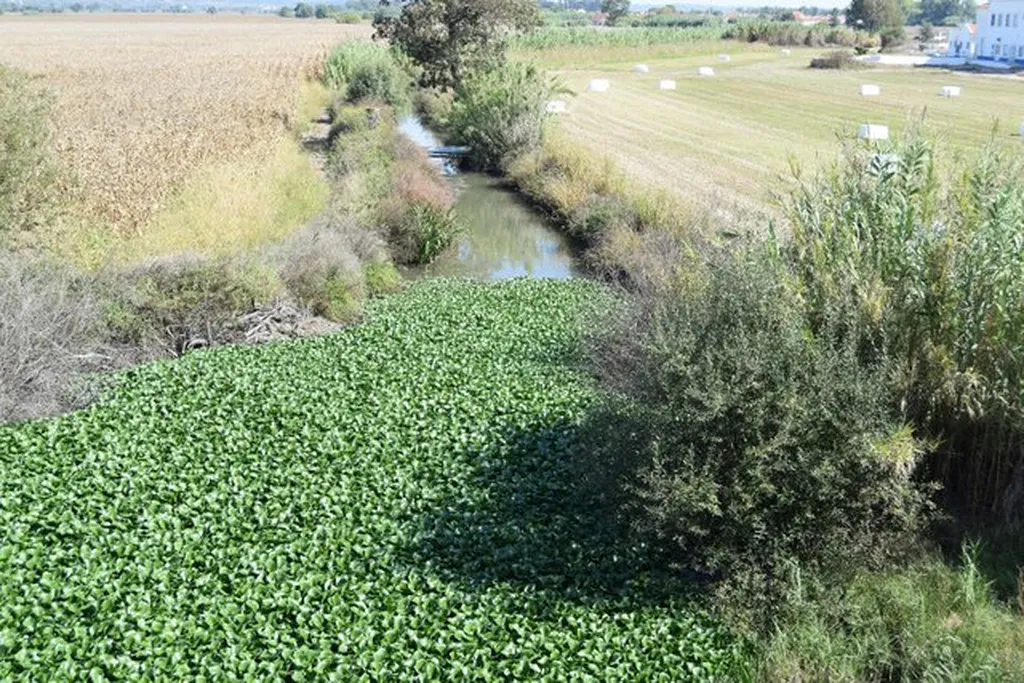In a groundbreaking study published in *Environmental Chemistry and Ecotoxicology*, researchers have delved into the potential of water hyacinth (Eichhornia crassipes) as an agricultural soil enhancer, offering a promising avenue for waste valorization and circular economy practices. The research, led by Carla Patinha from GEOBIOTEC at the University of Aveiro, Portugal, provides crucial insights into the biogeochemical and ecotoxicological profiles of water hyacinth biomass, paving the way for its safe and sustainable use in agriculture.
Water hyacinth, an invasive aquatic plant, has long been a nuisance in many water bodies, particularly in developing countries. However, its biomass has been sporadically used in agriculture, often without a comprehensive understanding of its environmental impacts. This study aims to bridge that gap by characterizing the biomass from six different locations in Portugal, focusing on nutrient and potentially toxic element (PTE) profiles, as well as its sugar, protein, and structural composition.
The findings reveal that the structural composition of water hyacinth varies significantly between tissue types—leaves, floaters, and roots—with roots showing the highest absorbance linked to lignin, proteins, and cellulose. “These wall components provide metal-binding sites, explaining why root PTE levels are higher than in other tissues,” Patinha explains. This discovery is crucial for understanding how different parts of the plant might be utilized in agricultural applications.
Elemental composition analysis showed that water hyacinth biomass meets the EU requirements for organic soil improvers, boasting high levels of primary nutrients like potassium and phosphorus. However, the study also highlights the need for caution. Aqueous extracts from the biomass had high conductivity and nutrient concentrations, which caused adverse effects on various freshwater species, including algae, zooplankton, and zebrafish. “The ecotoxicological profile of water hyacinth extracts indicates that its incorporation into soils should be considered on a site-specific basis,” Patinha notes. “Variations in PTE accumulation across locations necessitate contaminant screening and regulatory guidance before large-scale use.”
The commercial implications for the agriculture sector are substantial. As the world seeks sustainable solutions to enhance soil fertility and reduce waste, water hyacinth presents a viable option. However, the study underscores the importance of careful management to mitigate potential ecological risks. “Our findings suggest that dilution strategies and controlled application rates of water hyacinth biomass on soils could minimize downstream impacts,” Patinha adds.
This research not only highlights the potential of water hyacinth as an agricultural enhancer but also calls for further investigation and regulatory frameworks to ensure its safe and effective use. As the agricultural sector continues to evolve, integrating such innovative and sustainable practices will be key to meeting global food security challenges while minimizing environmental impact.
For those interested in the intricate details, the study is published in *Environmental Chemistry and Ecotoxicology*, with Carla Patinha from GEOBIOTEC, University of Aveiro, serving as the lead author. This work sets a precedent for future research and practical applications, offering a blueprint for how invasive species can be transformed into valuable resources for agriculture.

